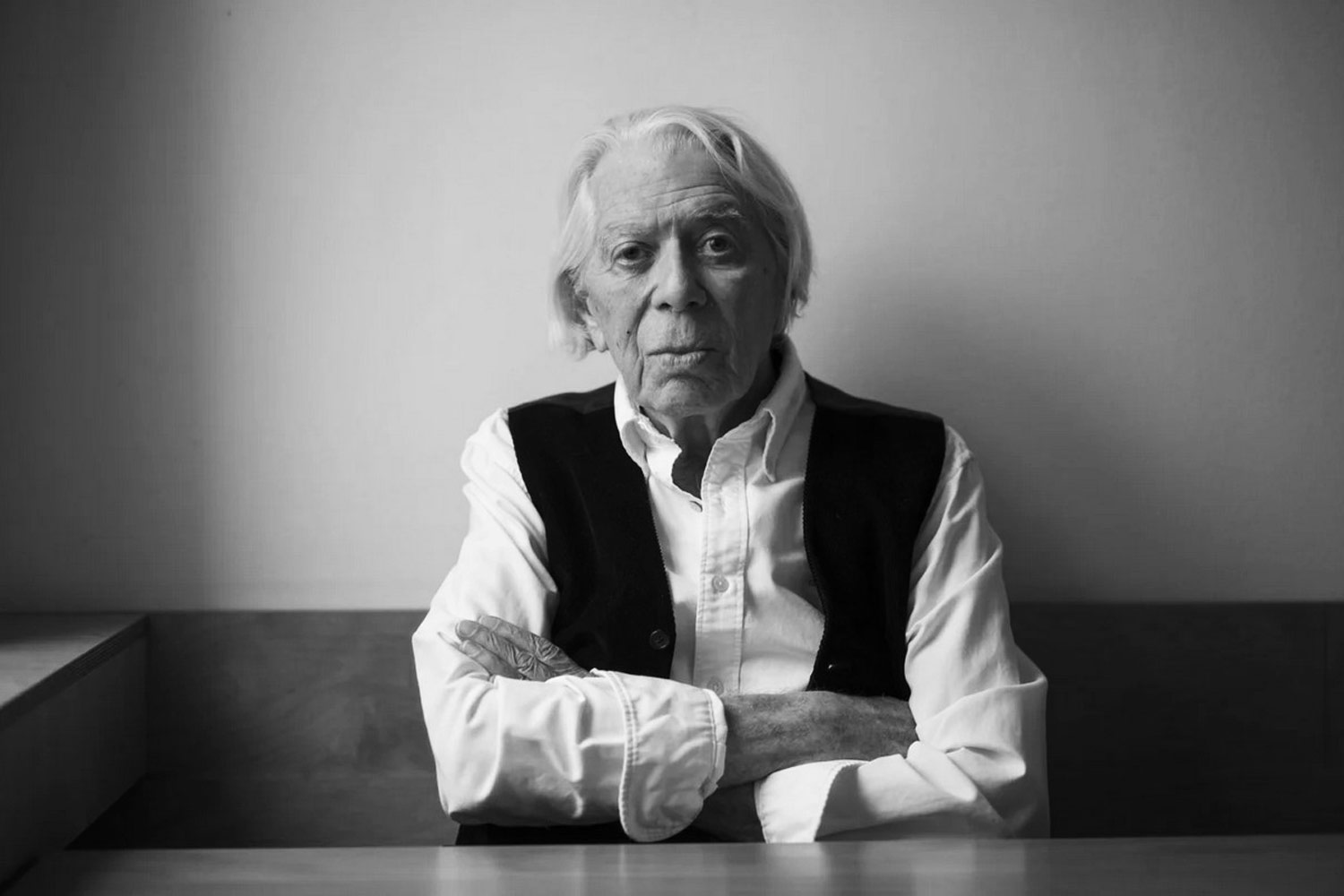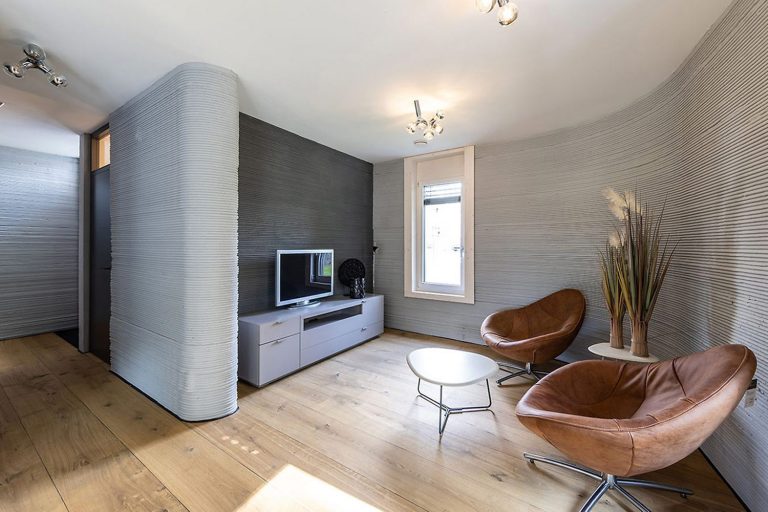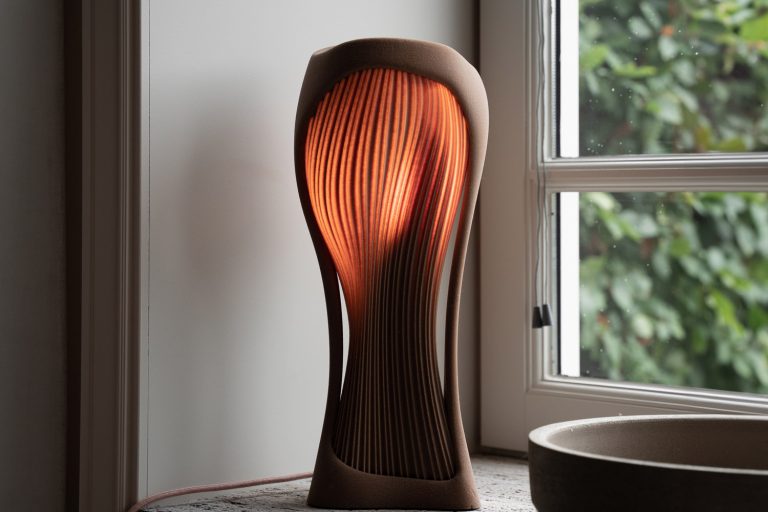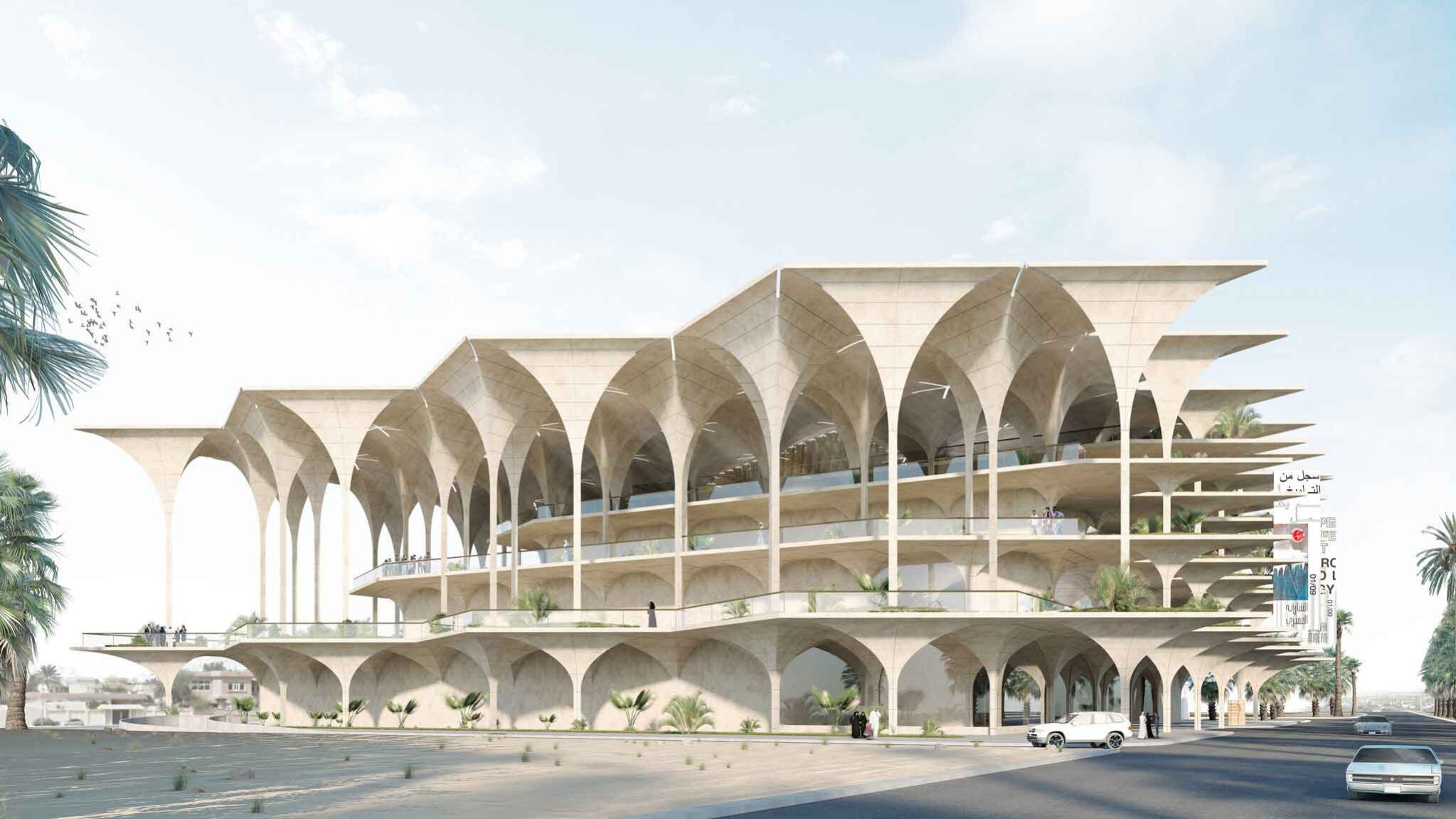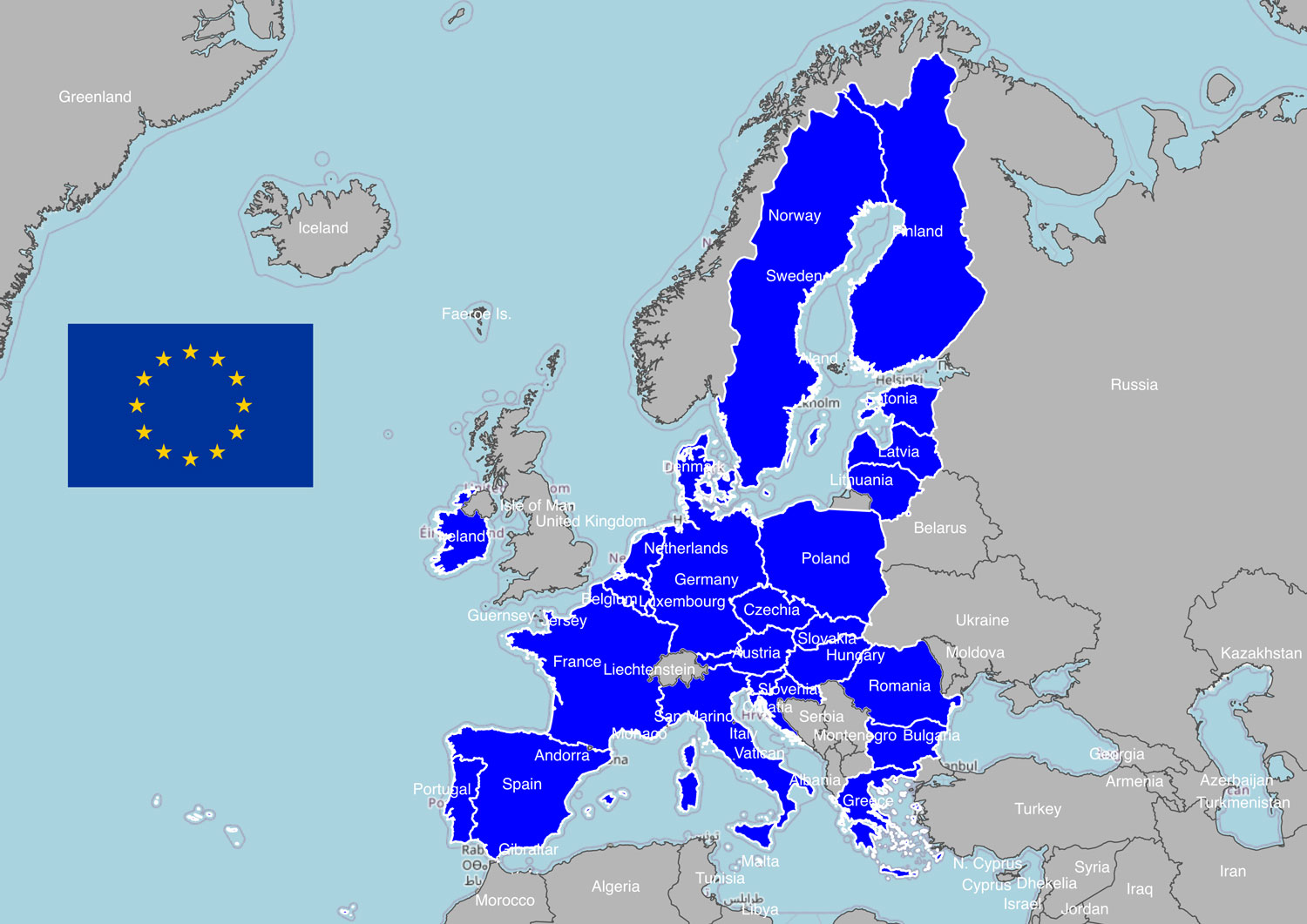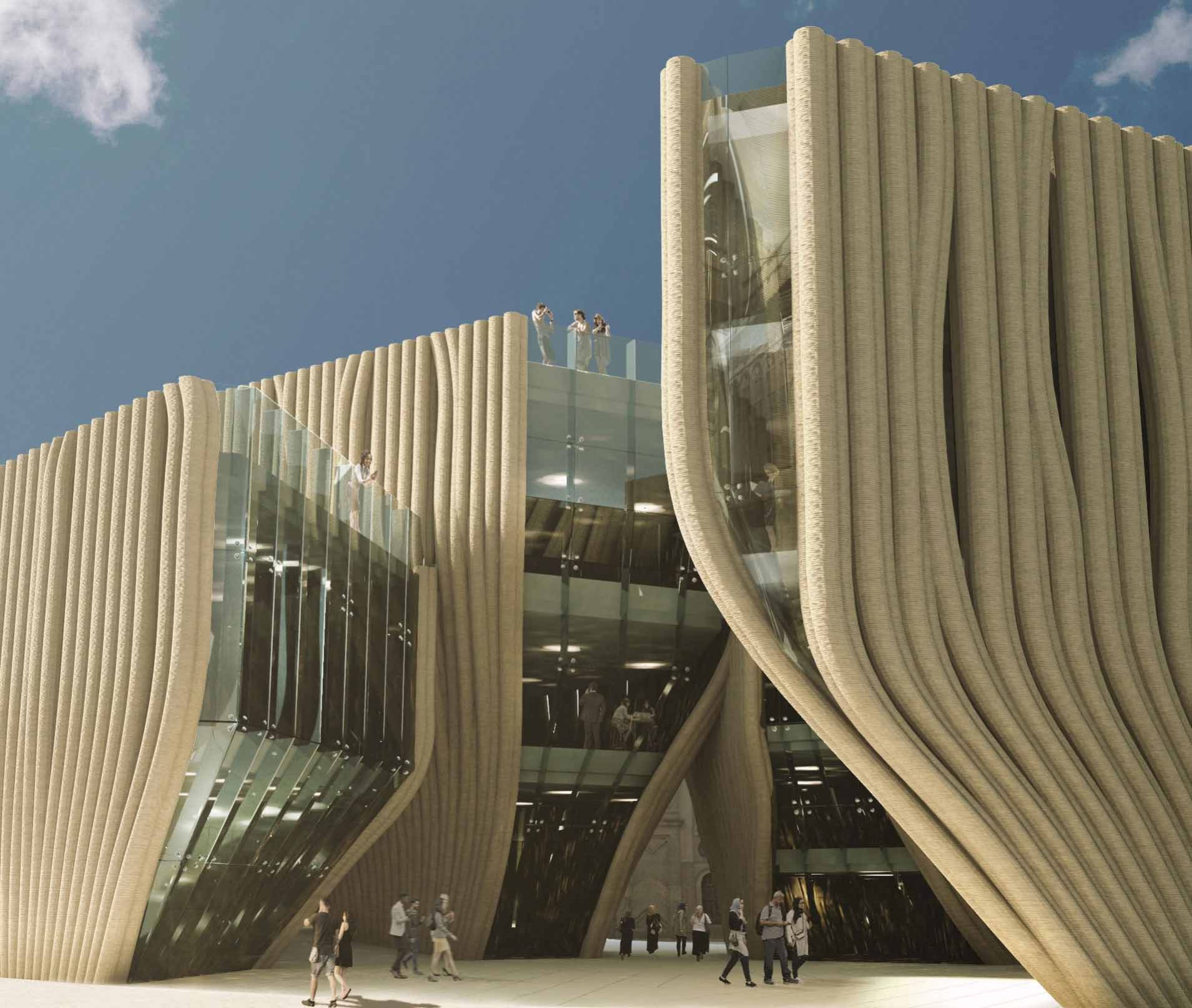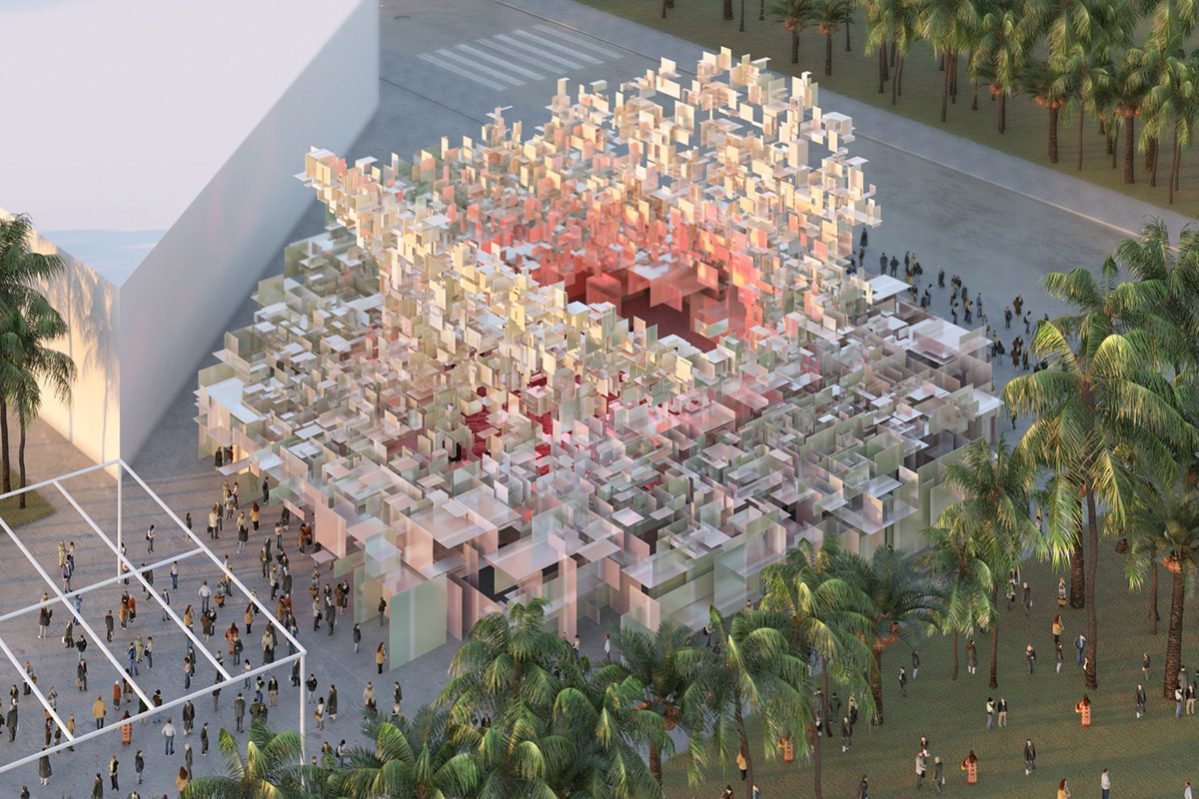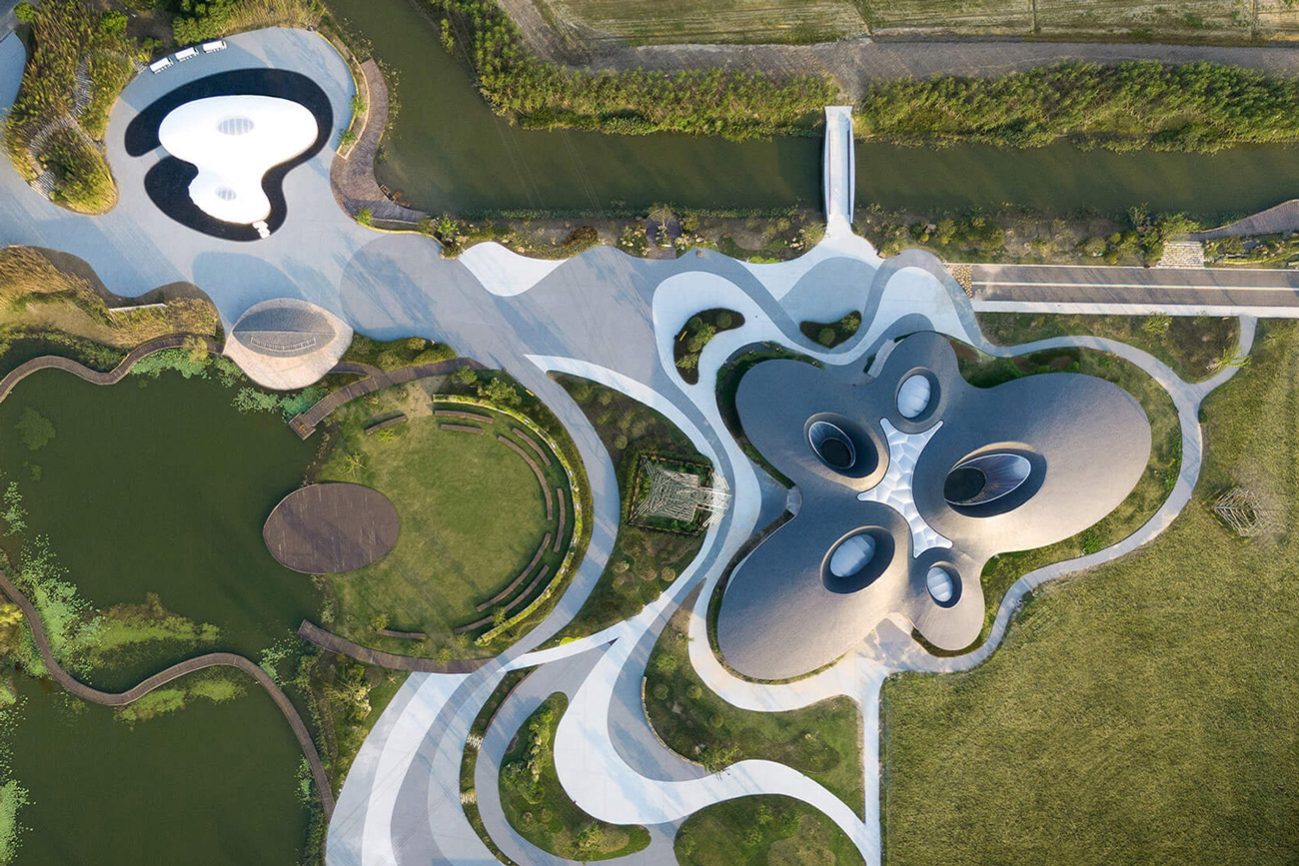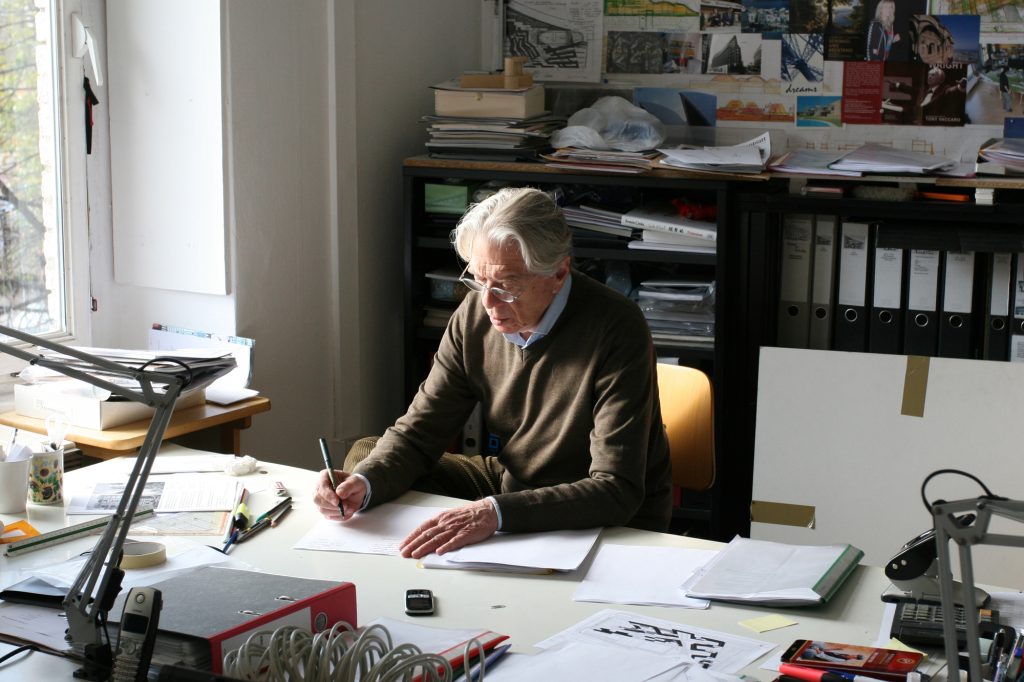
Zvi Hecker, an architect of Polish-Israeli origin, passed away on September 25, 2023. He was well-known for his architectural approach that placed significant emphasis on the utilization of geometry and asymmetry.
From 1955 to 1957, Zvi Hecker pursued a course of study in painting at the Avni Institute of Art and Design, after embarking upon a professional course as an architect. Hecker was a resident of both Berlin and Tel Aviv. He actively participated in the strategic development of initiatives for the German Jewish community, in addition to engaging in several international projects.
Zvi Hecker has held teaching positions at several respected academic institutions across various countries, including Canada, the United States, Israel, and Austria. These institutions include the Université Laval in Canada, the University of Texas at Arlington and Washington University in St. Louis in the United States, Iowa State University, the Technion–Israel Institute of Technology in Israel, and the University of Applied Arts Vienna in Austria.
Heinz-Galinski-Schule
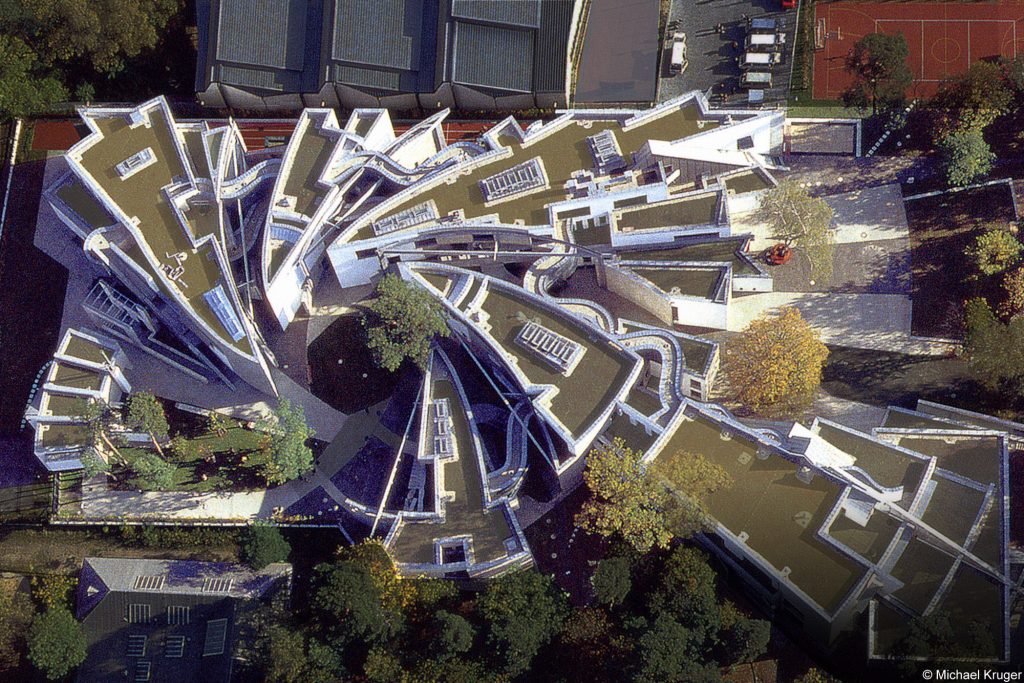
Location: Berlin, Germany
Year: 1991-1995
Heinz-Galinski-Schule is one of Zvi Hecker’s most-known projects. The project has a unique flower-shaped school with solar beams that illuminate all classrooms. The school’s construction grew into a complex metropolis with streets and courtyards that reflect light and shadow. The school was almost finished when controversy arose over its design, but experts confirmed its construction based on the Old Testament and Hebrew school etymology. The students discovered the school’s secrets and found that the House of the Book is a childhood fantasy, not just a school.
Club Mediterranée
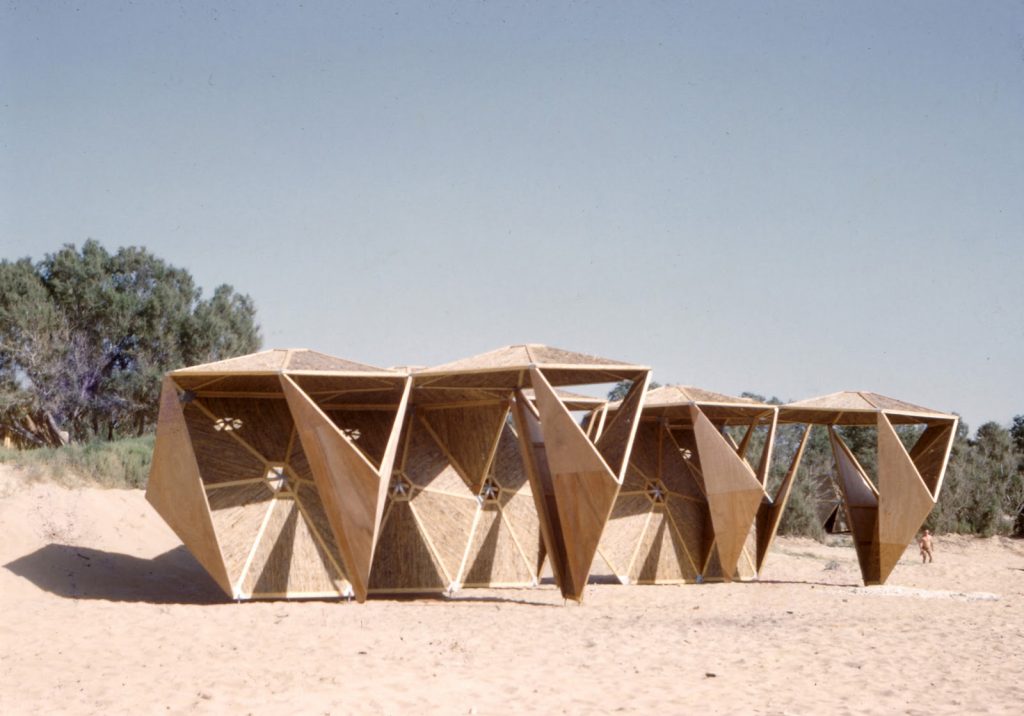
Location: Achziv, Israel
Year: 1961
The Club Mediterranée resort was built in 1961 at Ahziv, situated on a seaside location in proximity to the remnants of a Phoenician settlement. The camp provided lodging for a total of 350 cottages, which were constructed on the premises using crushed reeds that were connected together to form sheets and then framed with lumber.
The fundamental cabin unit is constructed as a truncated tetrahedron of three hexagonal panels that possess a modest convex curvature. The roof panel with a triangular shape has the capability to be opened in order to facilitate ventilation. Each cabin has the capacity to accommodate three beds. The Club Mediterranée includes community dining and restroom facilities.
Synagogue in the Negev Desert
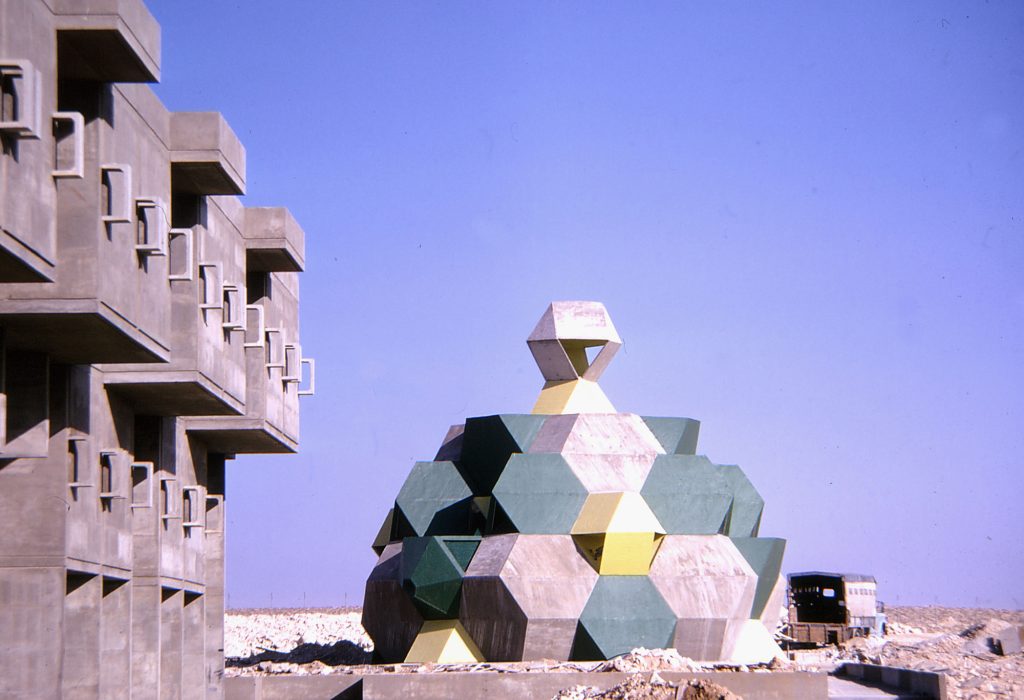
Location: Military Academy, Negev Desert, Israel
Year: 1967-1969
The architectural composition of the synagogue consists of three separate polyhedral elements, together forming the truncated octahedron. The hexagonal panels, which are frequently noted, function as the primary structural element. The interstitial spaces resulting from the design of these elements are employed for the placement of stained glass windows situated at a moderate height within the building. The architectural design integrates suboctahedrons that extend from the structure, functioning as gaps to facilitate airflow.
The synagogue fulfils a dual role, serving as both a utilitarian edifice and a sacred hub. Significantly, the location of the structure is strategically positioned atop a cistern, which serves as a vital water source for the adjacent residential vicinity. Within the distinctive desert setting, the synagogue’s elevated position and elaborate architectural features serve as a notable juxtaposition against the homogeneous backdrop and adjacent edifices.
Ramot Polin
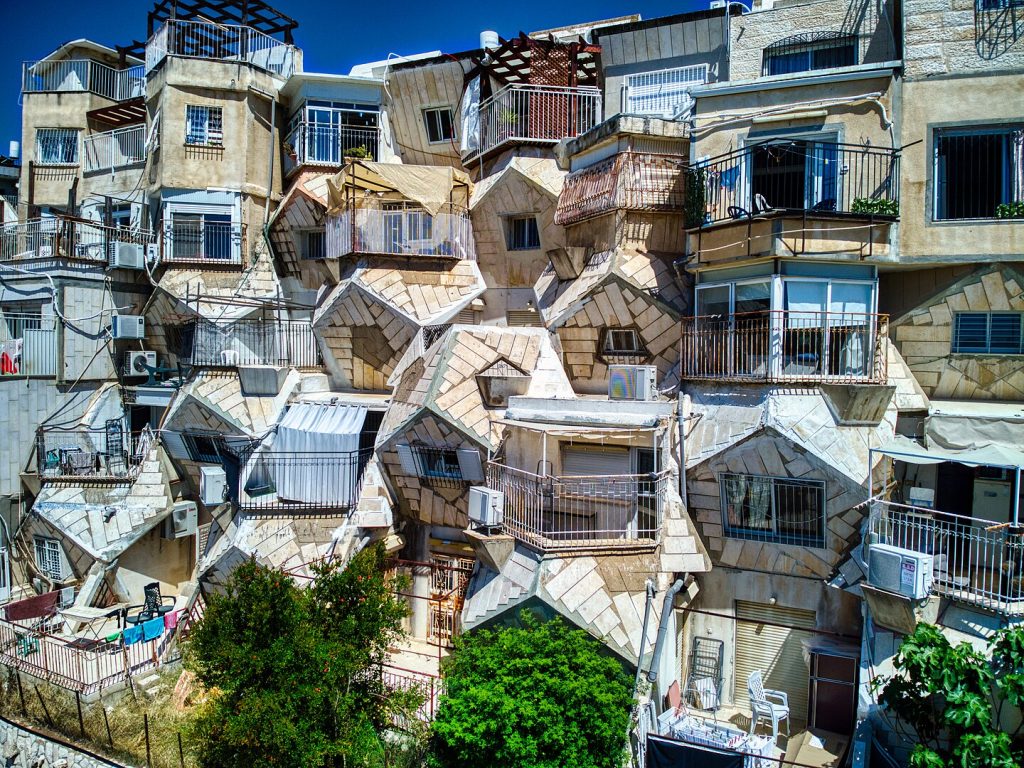
Location: Jerusalem, Israel
Year: 1977
After the conclusion of the Six-Day War in 1967, the Ministry of Housing was faced with the task of settling newly conquered territory. Consequently, they initiated several housing projects by engaging prominent local architects to address this demand. Hecker was commissioned by the Ministry to undertake the task of conceptualizing a housing complex with 720 units situated on a solitary hill located four kilometres northwest of Jerusalem.
The architectural project shows a resemblance to a beehive and serves as an avant-garde experiment in both shape and construction. Since its construction in the late 1970s, the structure has undergone significant modifications by its occupants, leading to a discussion on the ability of expressive architecture to adequately address genuine human needs.
The arrangement of the neighbourhood had a resemblance to a hand with five fingers, with each finger consisting of five or six v-shaped interconnected apartment buildings. This configuration resulted in the formation of interior courtyards and pedestrian pathways for circulation.
The Jewish Cultural Centre
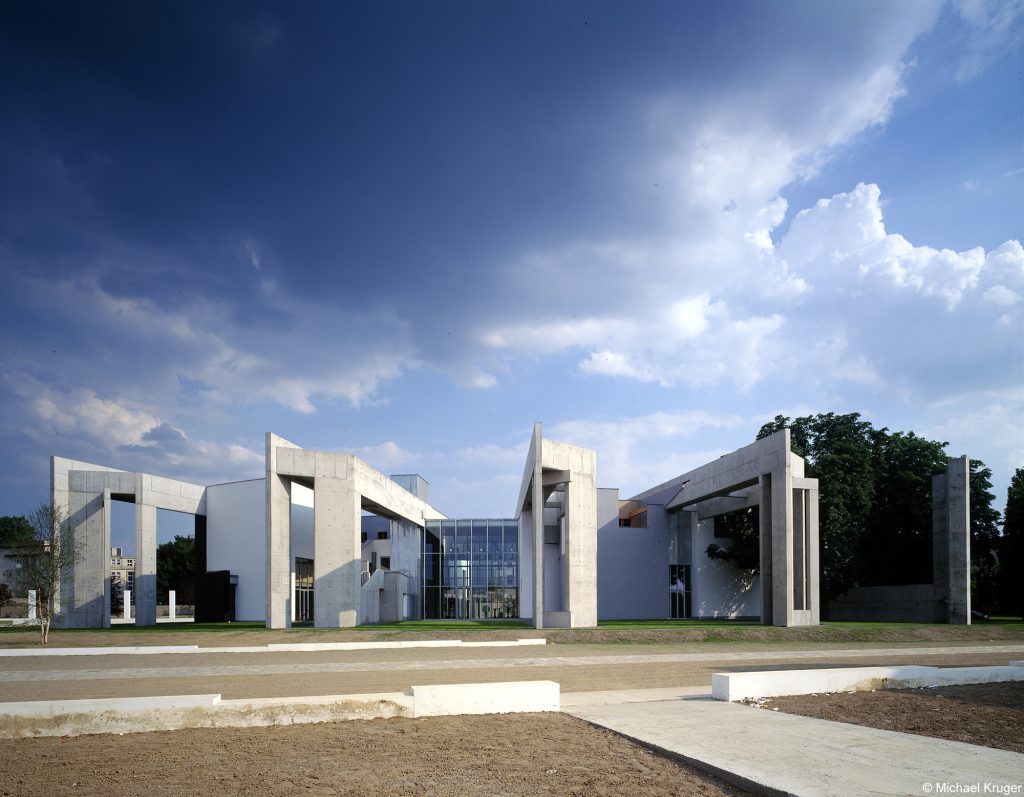
Location: Duisburg, Germany
Year: 1996-2000
The Jewish Community Centre in Duisburg reflects the complexity of its program and the urban context in its architectural design. The Jewish Community Centre is primarily a location for Jewish community gatherings and celebrations. But it goes beyond that. It offers evening classes for children and adults, a place for religious services in an adjacent small Synagogue, performances and lectures in the large Multipurpose Hall, accommodation in two apartments for visitors and guests of the community, a housekeeper’s apartment and a large kitchen adjacent to the Multipurpose Hall but also serving outdoor gatherings.
References: 1


